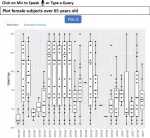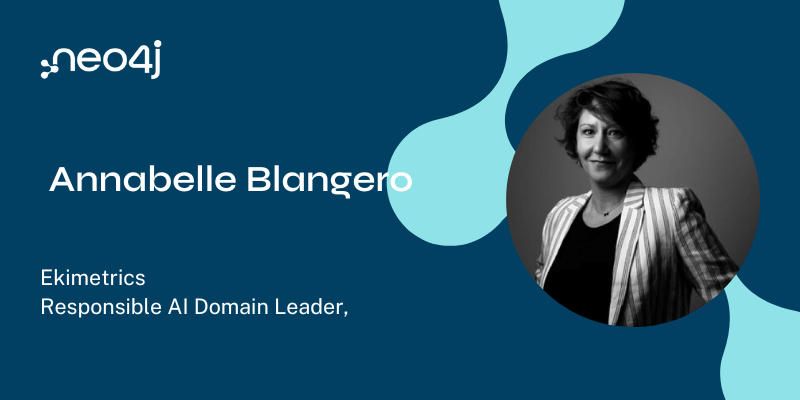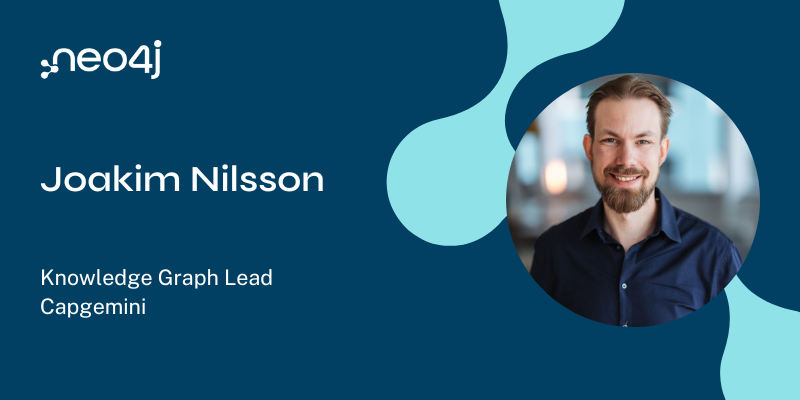This Week in Neo4j – NODES Workshops, Data Lineage, Knowledge Graphs, Spatial Data, and Creating a Social Network

Data Science Advocate
4 min read

Happy September!
We have a lot in store this week for Twin4j. First, we would like to remind you of the upcoming, live re-runs of the NODES 2021 workshops, scheduled for the week of September 13, 2021. All workshops are at a time that should be friendly to attendees of multiple time zones, and recordings will also be available if you cannot attend live.
We also have a variety of fun content this week, including knowledge graphs, using the Neo4j spatial capabilities to map out locations along a route, data lineage, and research with vaccinology. We also have a feature on a learning experiment to create a social network for bunnies.
Enjoy!
Featured Community Member: Adnan Siddiqi
This week’s featured community member is Adnan Siddiqi.

Adnan Siddiqi – This Week’s Featured Community Member
Adnan is an independent software consultant from Karachi, Pakistan with a background in ETL and web development. He recently was featured in Hacker News for his excellent blog post on Visualizing Python modules and dependencies with Neo4j with an accompanying YouTube video. He decided to give Neo4j a try based on a tweet that “got stuck in [his] mind” about Python dependencies, which he used as his excuse for exploring graph databases. We are excited to welcome him to the Neo4j community!
Reminder: Neo4j Training Series September

After the great success of our last training week ahead of NODES 2021, we are inviting you to join our next week of training in September. Starting Monday, September 13, 2021 we are hosting a different two-hour workshop every day. We will start with an Introduction session where we show you what graph-based problems look like and continue with an Overview to Neo4j AuraDB and how to interact with your (first?) graph database in the cloud.
The series continues with Neo4j Bloom and how to best visualise graphs. Finally, we learn how to Build APIs with Neo4j GraphQL Library before we finish the week by Creating a Knowledge Graph.
We’re looking forward to having you join us on any (or all) sessions throughout the week!
Planning a Trip Through the State of New York with the AuraDB Free Tier

Have you ever thought about planning a route for a trip that includes where the rest stops are along the way, as well as pertinent details like which are handicap accessible or the closest one with a public phone? In the latest fun installment of “Discover Neo4j AuraDB Free with Lju and Alex” from Lju Lazarevic and Alex Erdl, they explore a fun data set looking at the rest stops of the U.S. State of New York using the AuraDB Free tier coupled with Neo4j spatial.
Enabling Data Lineage

Rapid data-driven decision making is clearly a key in enabling organizations to remain competitive. However, traditional data warehouses do not respond and adapt quickly and can limit the ability to make decisions quickly. Amin Jalali recently wrote about his work on a new environment named Customer Analytics – Data Product Environment (CA-DPE), which is based on a data mesh approach. This environment provides several different “views” of each data product, such as reads, insertions, and deletions. This allows for each view to support the Create-Read-Update-Delete (CRUD) pattern for each data product. These data products and their relationships are generated in Neo4j, which allows for better understandability, transparency, traceability, and governance of the data.
LinkedImm: a Linked Data Graph Database for Integrating Immunological Data

Syed Ahmad Chan Bukhari has led a team of researchers to create a graph database for immunological data. Using Neo4j, his team created the publicly-available LinkedImm knowledge graph, whose purpose is to facilitate vaccinology research. In their recent publication, the team points out that biological data is highly related and semi-structured, making graphs a much more suitable choice than traditional SQL databases. To help experimental immunologists get started using Cypher, a tool they might not be familiar with, they have created a web-based dashboard to allow interactions with their data either through ad-hoc queries or through spoken or typed natural language.
Bunnybook: a Social Network Built with FastAPI + React/RxJs, Neo4j, PostgreSQL, and Redis

What a great way to learn and experiment with Neo4j by creating your own social network! Pietro Bassi decided he wanted to get some experience with Cypher and graph databases, so he did just that! Bunnybook is a small social network (for bunnies) based in Python and uses a FastAPI backend whose source code is available here.
Bite-Sized Neo4j for Data Scientists

Are you a data scientist and/or Pythonista looking to get into Neo4j in quick, bite-sized tutorials? Clair Sullivan has started a video series whose purpose is to provide weekly, five-minute tutorials to help you quickly learn subjects like connecting to a free Neo4j Sandbox from within Python using Jupyter or Google Colab. The series (four parts and growing!) is available on YouTube and GitHub.
Tweet of the Week
My favorite tweet this week was by Jess Archer:
Spoiler alert (just don’t zoom in)
Here’s a picture from the first episode opening scene, and my Neo4j graph DB with everything I’ve learned so far!
Really enjoying Dark and Neo4j! pic.twitter.com/qBdIWq57DQ
— Jess Archer (@jessarchercodes) August 26, 2021
Don’t forget to RT if you liked it too!








